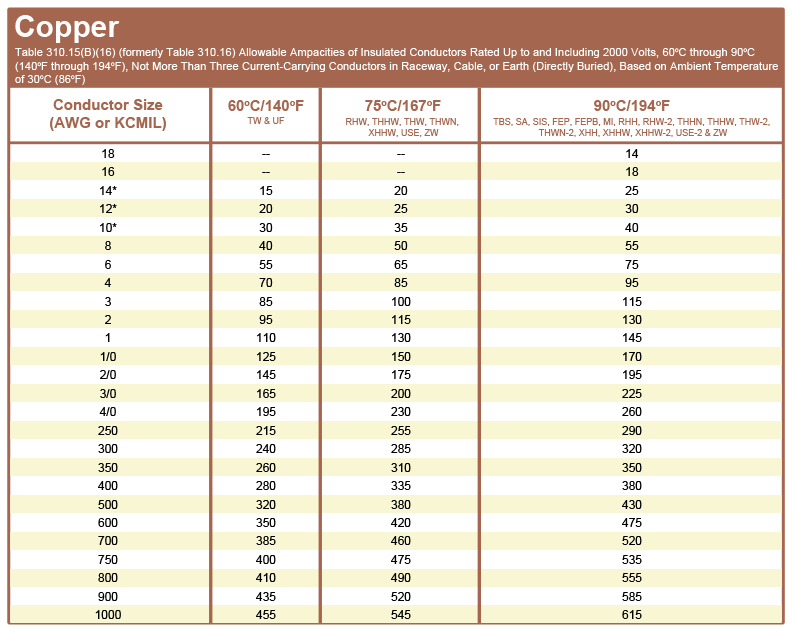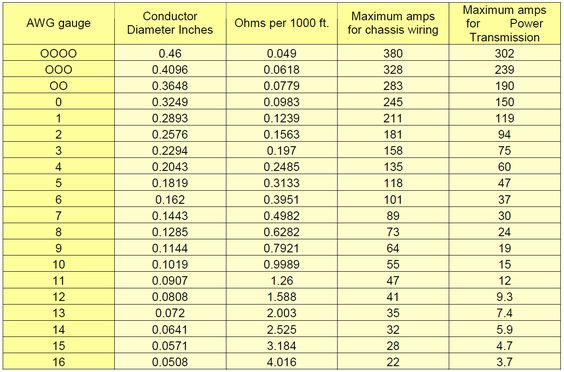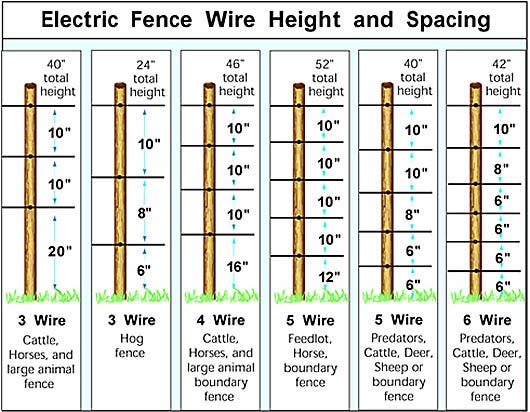


On the other hand, a lightweight 16-gauge wire is ideal for projects like garden fencing or dog kennels.

If your animals are easily spooked, you might want to opt for something even stronger, like a 9-gauge. If you’re penning in large, heavy animals, you’ll want to consider a sturdy 12.5-gauge wire. For example, a livestock fence for your cattle enclosure requires a much stronger wire than the fencing around your vegetable garden. How strong does your fence need to be? Obviously, every fence should be sturdy enough to withstand forces like strong winds, but some fences need more strength than others. There are three main things to consider when choosing the right wire gauge for your fence: strength, height, and purpose.
FENCE WIRE GAUGE CHART HOW TO
Now that you understand what wire gauges are and why they matter for your fencing project, let’s discuss how to choose the right gauge for you. This is why it’s important to find the right gauge for your wire fencing. Choosing a wire fence with the wrong gauge size can make your fence less effective, less safe, and more trouble for you than it needs to be. When you’re looking for new fencing material, it’s important to review every element of the wire - and gauge size is no exception. If you want to understand wire gauges (and choose the right wire fencing for your next project), it is very important to remember this detail: smaller = thicker. High-gauged wire fence is most effective with small, lightweight animals that test the enclosure on limited areas. A low-gauged, or thicker, wire is best used for heavy animals that will test a fence’s strength by pressing into the wire. A 7-gauge wire was pulled through seven dies, while a 12-gauge wire (which remember, is thinner) would have been pulled through twelve times.Ī 20-gauge wire, for example, is thinner than a 9-gauge wire. This is because the gauge size doesn’t refer to the wire’s actual diameter, but rather the number of times the wire was pulled through a die to make it smaller during the manufacturing process. It might seem backwards, but for wire fencing, the larger the number, the smaller the wire. The Larger the Number, the Smaller the Wire Today, modern tools are used to precisely measure the diameter of the wire to maintain strict gauge standards. A 9-gauge wire would be pulled through a progression of 9 dies, where 14-gauge wire would be pulled through 14 dies, with each die getting a little smaller in diameter in order to reach the desired thickness. Originally, the measurement was based on the number of times that steel would be pulled, or drawn, through a set of dies that gradually decreased in diameter. Gauge is the measurement of the thickness, or diameter, of wire. This refers to a wire’s thickness, and it is an important metric that can help you find the right wire for your needs.īut how do you know which wire gauge is right for you? That is what we’re here to talk about today. If you want your fence to be effective, you need to consider local zoning laws, the terrain on your land, and your purpose for the fence - all before you even start thinking about things like material or type of weave.īut there is one element of wire fencing that many people struggle to understand (if they remember to think about it at all): wire gauge. There are many considerations that go into choosing the right wire fence for your property.


 0 kommentar(er)
0 kommentar(er)
